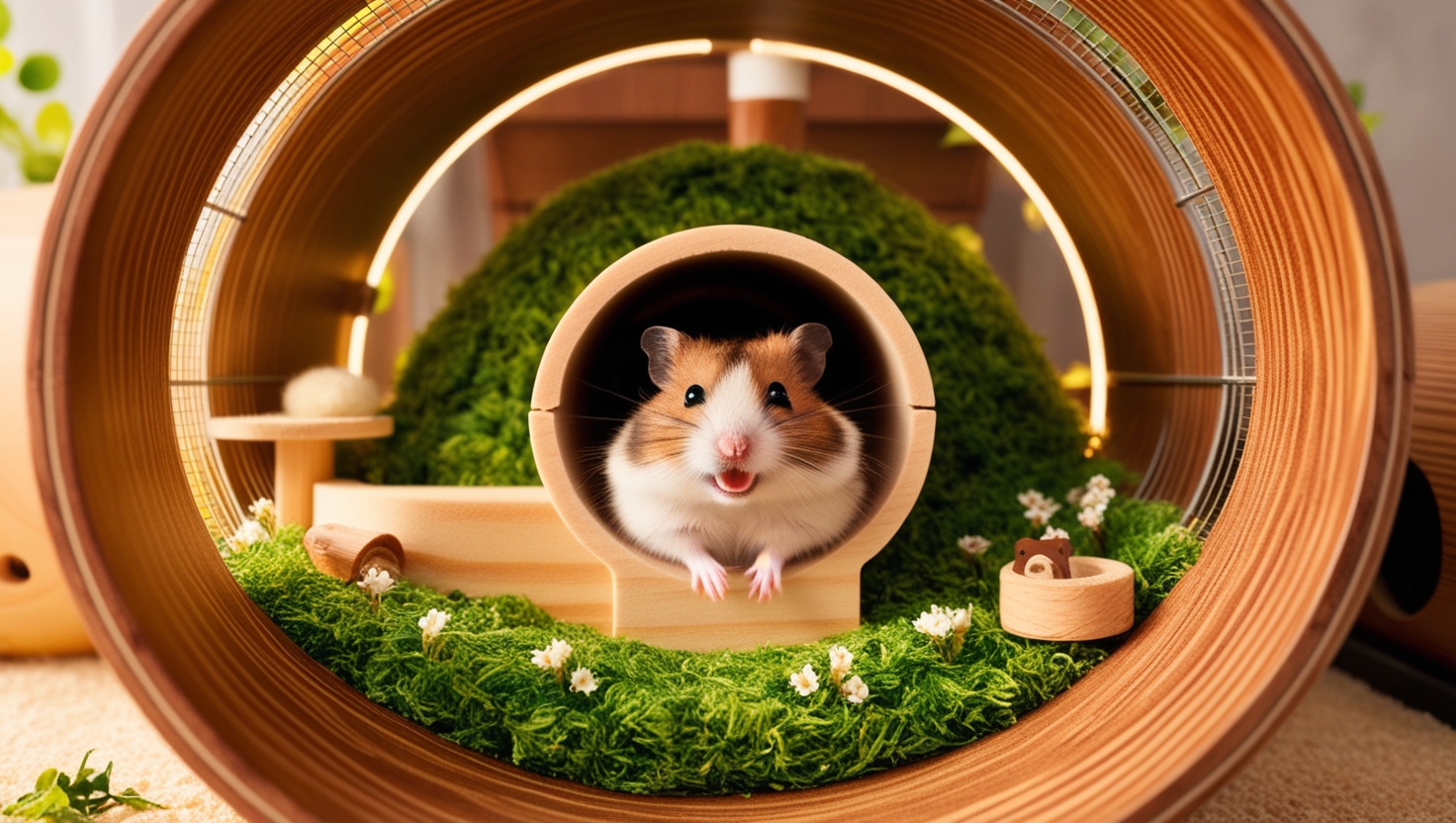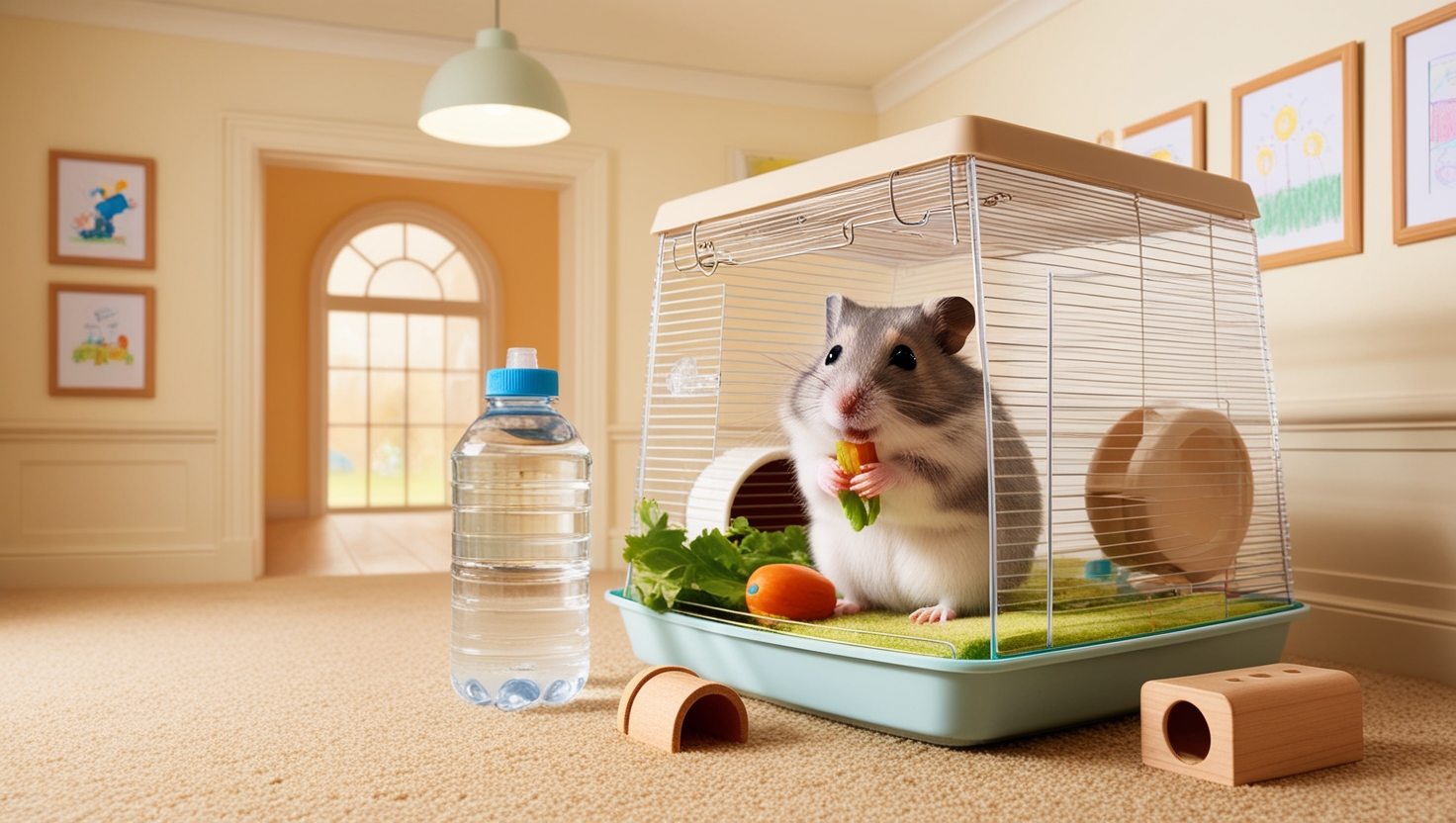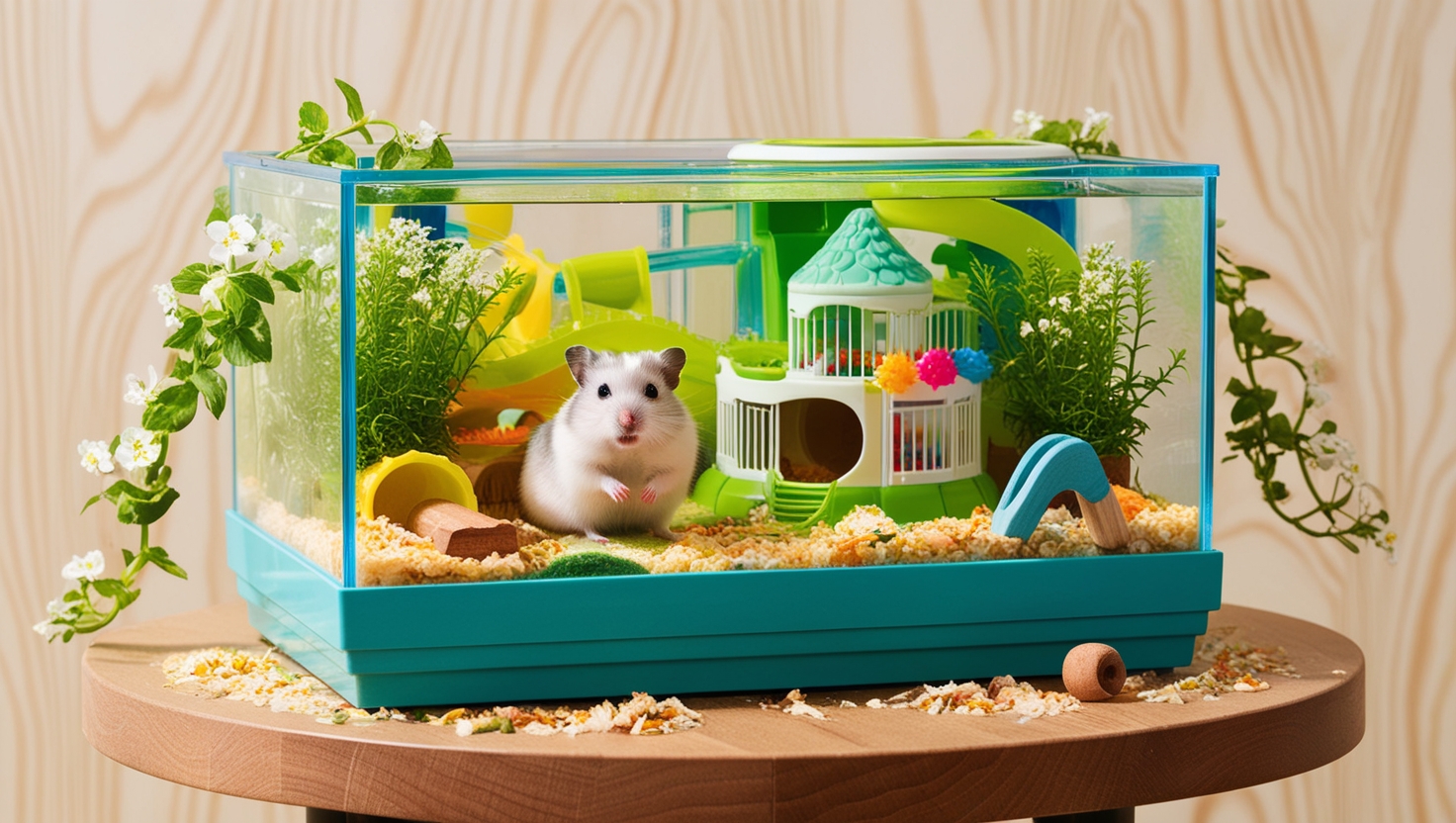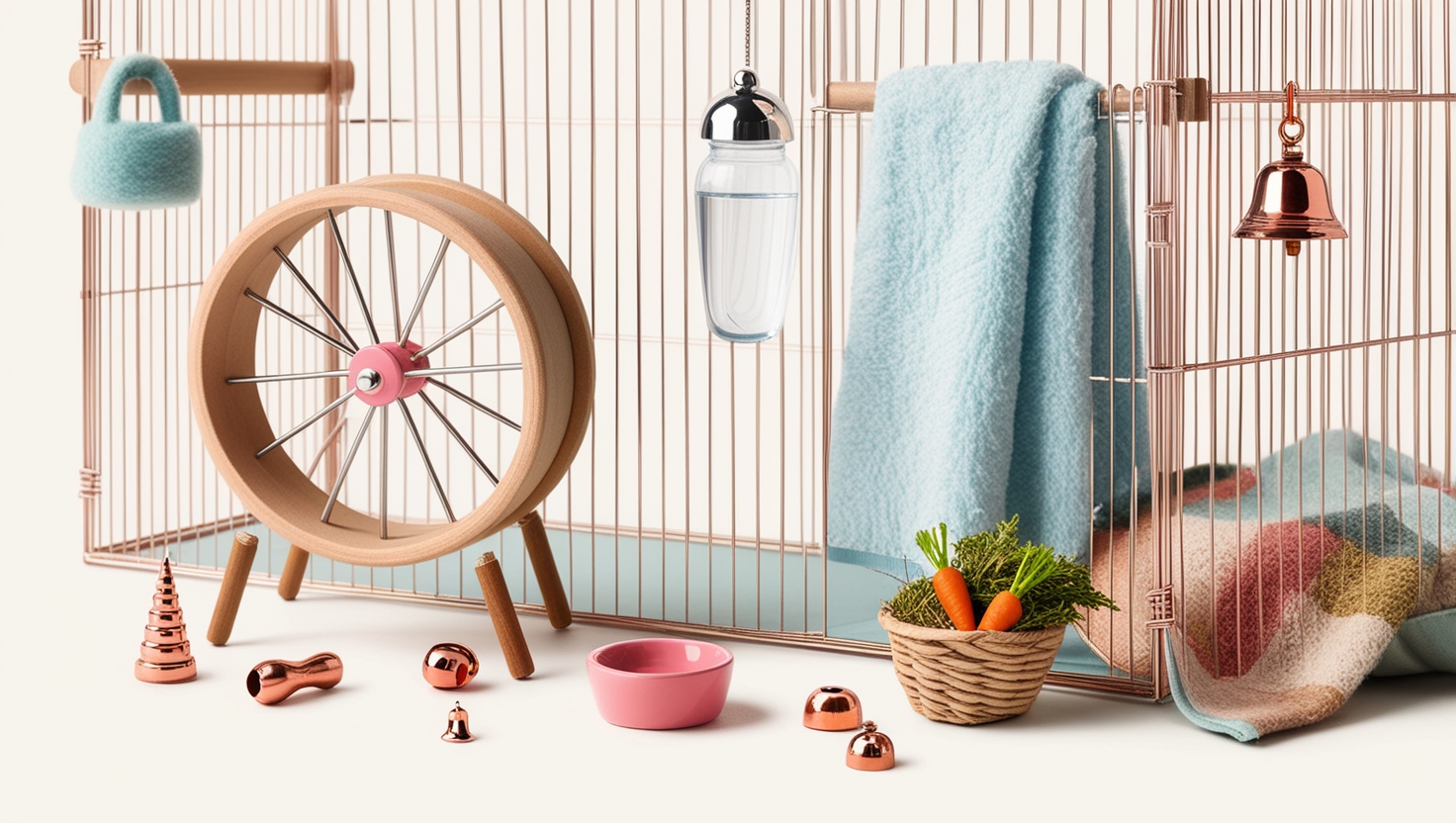So, you’re thinking about welcoming a hamster into your life? That’s fantastic! Hamsters are wonderful, playful little companions. But before you bring your furry friend home, you need to create the perfect hamster haven – and a cage with tunnels should be at the top of your list!
Why Choose a Hamster Cage with Tunnels?
Imagine this: you’re a tiny hamster in a big, wide world. Your instincts tell you to burrow, explore, and play hide and seek. A cage with tunnels fulfills these natural desires! These aren’t just cute additions; they’re essential for your hamster’s physical and mental well-being.
The Benefits of Tunnels for Your Hamster:
- Exercise and Enrichment: Tunnels encourage your hamster to be active, preventing boredom and promoting a healthy weight.
- Natural Instincts: Burrowing is instinctive for hamsters. Tunnels provide a safe and stimulating space for them to indulge in this natural behavior.
- Stress Reduction: The enclosed space of a tunnel offers a sense of security and a place for your hamster to retreat when they need a break from the world.
Choosing the Perfect Hamster Cage with Tunnels:
Picking the right cage can be overwhelming with so many options available. Don’t worry, I’m here to help! Here’s what to consider:
1. Size Matters:
- Bigger is Better: Hamsters need ample space to roam, even with tunnels. A minimum cage size of 450 square inches of floor space is recommended.
- Tunnel Length: Choose a cage with tunnels that are long enough to provide a good workout but wide enough for your hamster to comfortably turn around in.
2. Material Matters:
- Plastic Tunnels: These are easy to clean and come in various shapes and sizes. However, ensure they are well-ventilated.
- Metal Tunnels: Durable and long-lasting, but can be noisy if your hamster likes to push toys around in them.
- DIY Tunnels: Get creative! Cardboard tubes, PVC pipes, and ceramic hideaways can be used to create custom tunnels. Just make sure they are safe and hamster-proof.
3. Cage Design and Layout:
- Multi-Level Cages: These offer more vertical space for exploration and can be easily connected with tunnels.
- Wire or Solid Base: A solid base is easier on tiny hamster feet and prevents bedding from spilling out.
- Easy Access: Choose a cage with multiple openings for easy cleaning and interaction with your hamster.
Setting Up Your Hamster Cage with Tunnels:
Creating a fun and stimulating environment is key! Here are some tips:
- Secure the Tunnels: Ensure all tunnels are securely attached to the cage to prevent collapses or your hamster getting stuck.
- Variety is Key: Use a mix of tunnel materials, shapes, and sizes to keep things interesting.
- Create a Maze: Connect tunnels in different configurations to challenge your hamster and provide mental stimulation.
- Add Enrichment: Place chew toys, hideouts, and food puzzles inside the tunnels to encourage exploration and foraging.
Keeping it Clean and Safe:
- Regular Cleaning: Clean the tunnels and cage regularly with a pet-safe disinfectant to prevent the build-up of bacteria and odors.
- Inspect for Damage: Check the tunnels for any cracks or sharp edges that could harm your hamster.
- Monitor Your Hamster: Observe your hamster’s behavior in the tunnels. If they seem stressed or avoid certain areas, adjustments may be needed.
Final Thoughts:
A hamster cage with tunnels isn’t just a home; it’s an adventure park for your tiny explorer! By carefully considering your hamster’s needs and creating a stimulating and safe environment, you’ll be rewarded with a happy, healthy, and active companion.
Remember: Providing a stimulating environment is just one aspect of responsible hamster care. Be sure to research proper diet, handling techniques, and provide regular veterinary checkups for your furry friend!







